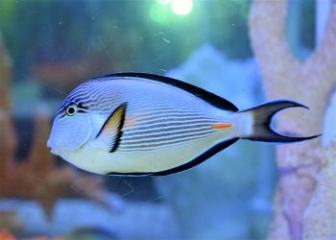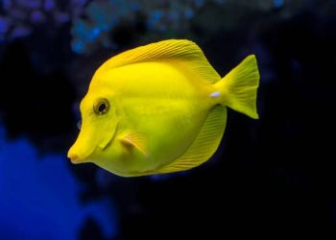Salifin Tang - Best Care Guide
Blog | by
Sailfin Tang, a marine ornamental fish belonging to the surgeonfish family, large in size, impressive in appearance, eye-catching in color, specializes in eating algae, and is adaptable.
Sailfin Tang, a marine aquarium fish with an impressive appearance and unique patterns, looks like colorful sails swimming gracefully in the ocean. They are highly appreciated by aquarium enthusiasts not only for their appearance but also for their adaptability.
In today's article, let's learn about the characteristics of origin, habits, as well as how to raise and care for healthy and well-developed parachute nice fish!
Information about Sailfin Tang :
| Scientific name | Zebrasoma velifer |
| Common name | Sailfin Tang |
| Surname | Acanthuridae - Surgeonfish |
| Spend | Zebrasoma |
| Source | Indian Ocean, Pacific Ocean |
| Size | Adults can grow up to 38 cm |
| Lifespan | 5 - 10 years (Average) |
| Living environment | Saltwater fish |
Origin of Sailfin Tang

A parakeet fish swimming on the coral reefs.
Sailfin Tang, scientific name Zebrasoma velifer, belongs to the family of Tangs. They are native to the Indian Ocean, Pacific Ocean and the East Sea, specifically as follows:
- Indian Ocean : From East Africa, Maldives to Sri Lanka
- Pacific : From Indonesia, Philippines, Papua New Guinea, Australia, Hawaii.
- South China Sea : Vietnam, China, Malaysia
In the wild, they usually live in coastal coral reefs, rocky areas with depths of 2 - 55 meters above sea level. Juvenile fish often only hang around thick coral reefs at first, and only swim in more open areas after adulthood.
Nowadays, because of its beautiful appearance and eye-catching colors, this fish is very popular in the marine aquarium market.
Sailfin Tang Appearance

The vibrant colors of a Sailfin Tang fish.
Although the pomfret is much larger than other species of spinytail fish, its colors and patterns are colorful and impressive, specifically as follows:
- Size : Adult fish can grow up to 38 cm
- Shape : When the fins are spread, the height can be equal to or greater than the length, looking like a flag or sail.
- Body : Flat, thin, oval, relatively round.
- Dorsal & anal fins : High, and long, when fully opened it resembles a sail, hence the name "Salflin"
- Caudal fin : Fan-shaped, rounded.
- Mouth : Small, pointed, yellow
- Eyes : Large, located near the top of the head.
- Color : Colorful with gray or light blue background, with bright yellow stripes and spots running along the body and fins. The head has 2 black or dark blue stripes, alternating with a white stripe, looking extremely eye-catching.
Sailfin Tang Behavior
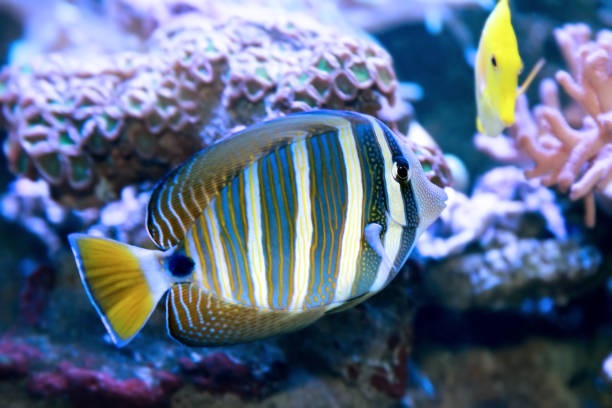
The parakeet is swimming next to the yellow tang.
Below are the typical habits of the parakeet fish. Please take a look to understand more about this fish species!
Territorial
If kept in a small tank, the Sailfin Tang will show strong territorial behavior. They will tend to protect their own swimming and feeding areas. When threatened by other fish, they may chase them, flare their fins, or even change color to scare them away.
However, this territoriality will be reduced if the aquarium is large enough and has plenty of hiding places.
Quite gentle
Compared to other fish in the same family of surgeonfish, the pompano is quite gentle and peaceful. It can live peacefully with many other aquarium fish. However, it can be aggressive with some tangs of the same genus Zebrasoma if the aquarium is too crowded.
Is an algae-eating fish
The umbrella fish is also known as the "biological algae cleaner" because they are natural algae eaters, loving to nibble on algae clinging to rocks and corals all day without ever getting bored.
Difficult to breed in captivity
It is rare to see Sailfin Tan breeding in captivity. They only reproduce in the wild by the female releasing eggs into the water column, the male swimming close and releasing sperm for external fertilization. The larvae then float freely in the seawater, then hatch into fry.
Instructions for raising Sailfin Tang in aquarium
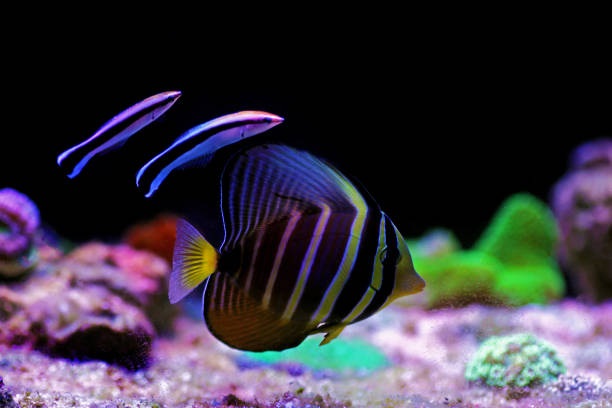
Pomfret fish need a large tank to swim freely.
If you want to try your hand at pompano but don't know how to raise and care for them properly so they can grow well, stay healthy, and live a long life, please refer to the instructions below!
Tank Design Suitable for Sailfin Tang
Below is a guide to designing an aquarium that is optimal in terms of space, aesthetics and value for those new to keeping Sailfin Tang marine aquarium fish.
- Tank capacity : Minimum 400 - 500 liters, the bigger the better
- Size : Length 120 - 150 cm or more, minimum height 50 cm,
- Tank layout : "Open space + Rockscape" means creating space in the middle for fish to swim comfortably, and stacking rocks on both sides or in the back corner, creating many caves like in nature.
- Decoration : Use live rock to help algae grow naturally, provide food for fish, decorate with soft coral to increase aesthetics.
- Filter system : Use overflow filter, powerful biological filter.
- Skimmer : Required to help remove organic matter and excess protein in the lake.
- Wavemaker : Mounted at both ends of the tank, creates a circulating vortex similar to that in nature.
- LED lights : Use white or blue lights from 10,000 - 20,000K to help algae grow.
- Create a feeding area : Use food tongs on the side of the tank to clip dry seaweed for the fish to nibble on.
Water parameters suitable for parakeet fish
The next important thing in raising Sailfin Tang is that you need to prepare a suitable water source, meeting the following criteria:
- Water type : Artificial seawater from specialized sea salt
- Salinity : 1.020 - 1.025 SG
- Temperature : 24 - 28 degrees Celsius
- pH : 8.1 - 8.4
- Alkaline : 8 - 12 dKH
- NH₃/NH₄⁺ : 0 ppm (Toxic to fish).
- Change water regularly : Change 10 - 20% of the water in the tank every week to maintain quality.
Diet for pompano
If you wonder what pompano eat, the answer is algae. This is a herbivorous fish but mainly and most like seaweed. When raising them in the tank, you can feed them the following:
- Dried seaweed (nori) clamped on ice or use food tongs.
- Spirulina pellets
- Fresh algae in the tank
- Add more protein such as minced shrimp, artemia, mysis 1 - 2 times/week.
What fish can be raised with pomfret?
Although Sailfin Tangs are quite docile, they are still territorial, so you can keep them with the following species:
- Nemo Fish (Clown Fish)
- Dwarf Angelfish
- Butterfly fish, firetail fish,...
Avoid keeping with aggressive fish or smaller fish if you do not want conflicts.
Common diseases in pompano and how to treat them
Below are some common diseases in Sailfin Tang fish along with symptoms, handling, and timely treatment to minimize risks. Please learn more.
| Name of the patient | Reason | Symptom | How to handle |
| Marine White Spot Disease - Ich | Parasite Cryptocaryon irritans |
Fish appear small white spots like salt grains on the body. Fish often rub themselves against rocks and corals to feel more comfortable. Shortness of breath, loss of appetite |
Isolate fish in separate tank Treatment with specialized Ich medicine Slightly increase temperature to treat parasites |
| HLLE – Pitted head and fin erosion syndrome |
Malnutrition Polluted water Parasitic infection |
Fish have dents and scars on the head and sides of the body. Fish look weak, lazy, stop eating |
Adjust water quality, change water regularly. Supplement Vitamin A, C, minerals Avoid stressing fish |
| Parasitic Worms - Flukes | Parasites cling to the skin, carrying |
Fish are itchy, often rubbing themselves against the tank walls, rocks, and corals. Fish breathe heavily, gills open wide Fish stop eating, swim unsteadily, disoriented |
Isolate fish in separate tank Use PraziPro or General Cure Every 5 - 7 days, change the water and vacuum the bottom once. |
Sailfin Tang Price List
Currently, in the Vietnamese ornamental fish market, the price of pomfret fish varies depending on the imported origin, size, time, health status, and color of the fish.
- Small - medium sized pomfret: Over 600,000 VND/Piece
- Red Sea Pomfret, small - medium size: 1,200,000 - 1,400,000 VND/Piece
Fish imported from the Red Sea always have the highest price but in return they have outstanding colors, standard appearance, and are more beautiful.
Beautiful Sailfin Tang Pictures
We invite you to fully admire the brilliant beauty of the Sailfin Tang through the images we have collected below to see if they resemble colorful sails gliding in the vast ocean!
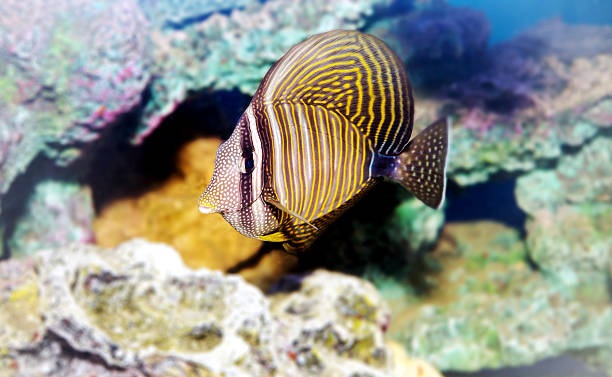
A Sailfin Tang swimming next to large rocks.
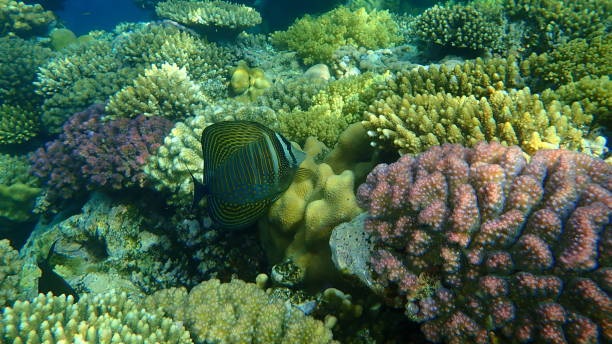
Image of parakeet fish swimming among giant coral reef.

The Sailfin Tang is swimming with other fish in the ocean.
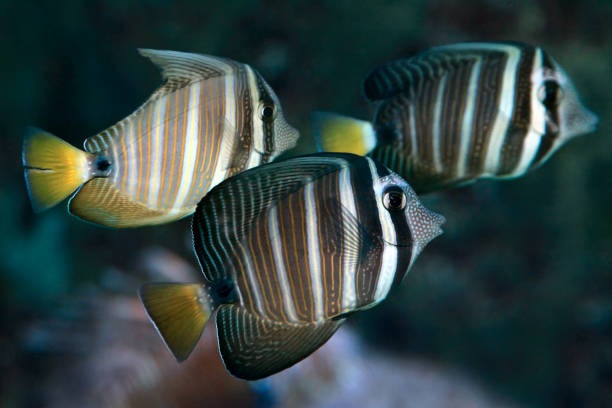
The parakeets are swimming next to each other.
Through the content that nicefish.net shared above, it can be seen that the Sailfin Tang is a perfect choice for saltwater aquariums because it possesses an impressive appearance and beautiful colors. However, this fish species needs a lot of living space and rich experience, but in return, such a beautiful fish is very worthy, right?
Goodbye and see you soon in other articles of the Blog section to learn more about the vast world of ornamental fish!
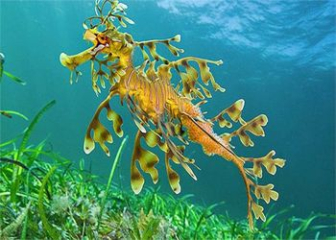
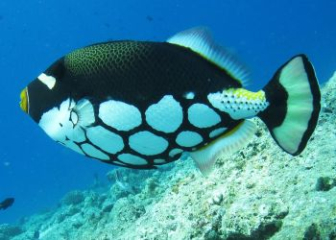
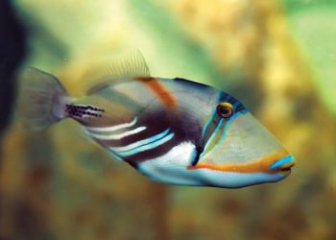
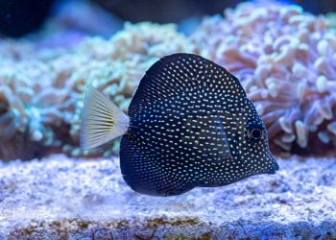
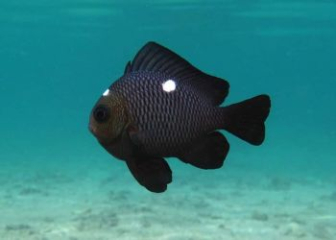
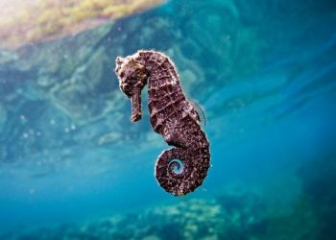






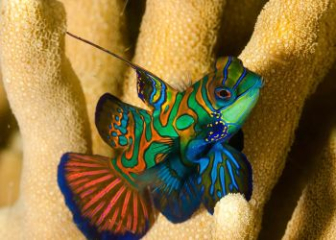

_350x250.jpg)


